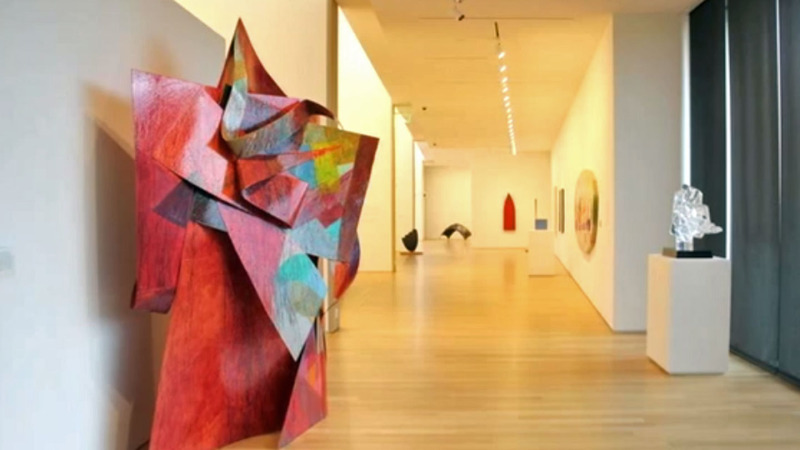The 1947 Jackson Pollock painting “Lucifer” used to hang over Mary Patricia Anderson Pence’s bed. The 121 works collected by Harry W. and Mary Margaret Anderson and their daughter, Mary Patricia, now hang on the walls of a free museum on Stanford’s campus that opened to the public this September.
Focusing on post-WWII American art, the stunning collection includes 86 artists, including Jackson Pollock, Willem de Kooning, Ellsworth Kelly and Mark Rothko.
The museum has been drawing large crowds since its opening. Aimee Shapiro, the director of programming and engagement at the Anderson Collection, said: “We’ve evened out averaging 2,800 people a week since we opened. So we’ve already had 16,000 people here in the five weeks that we’ve been open.”
The museum, like the Cantor Arts Center next door on the Stanford campus, doesn’t charge for admission.
